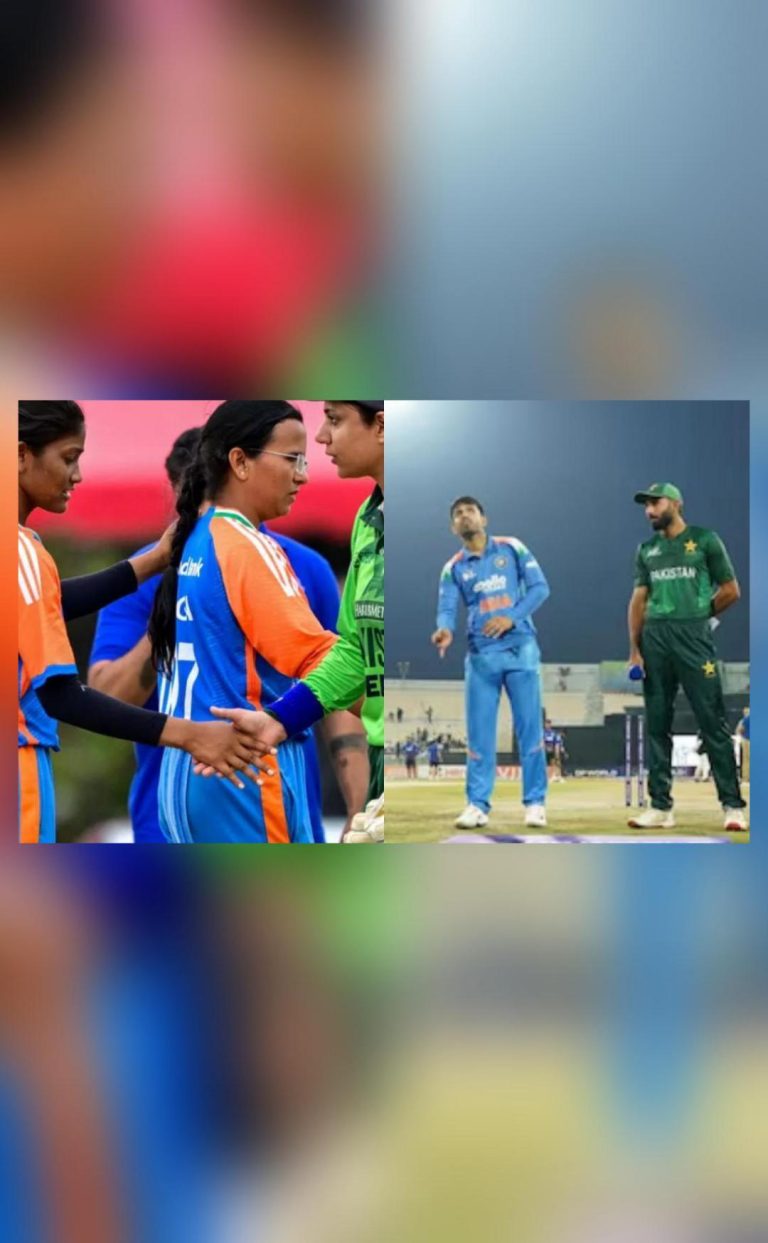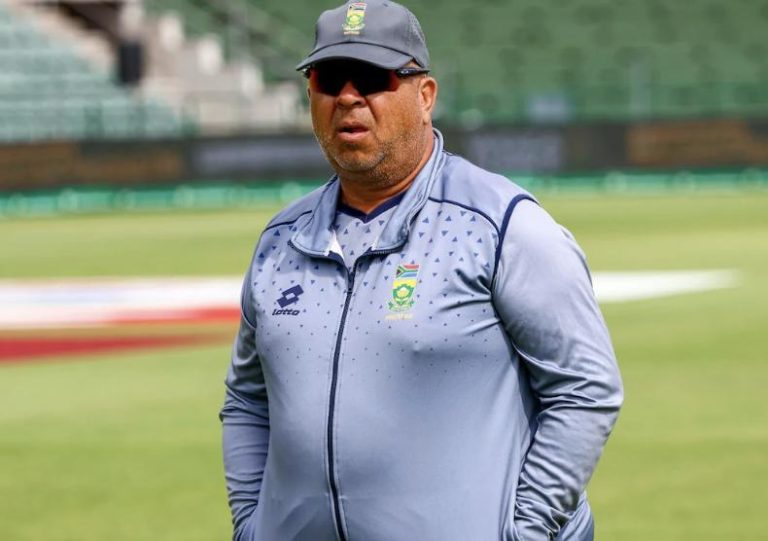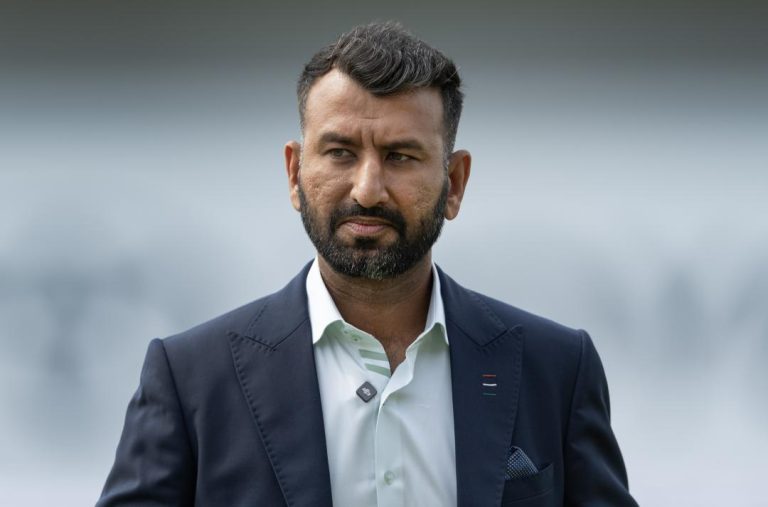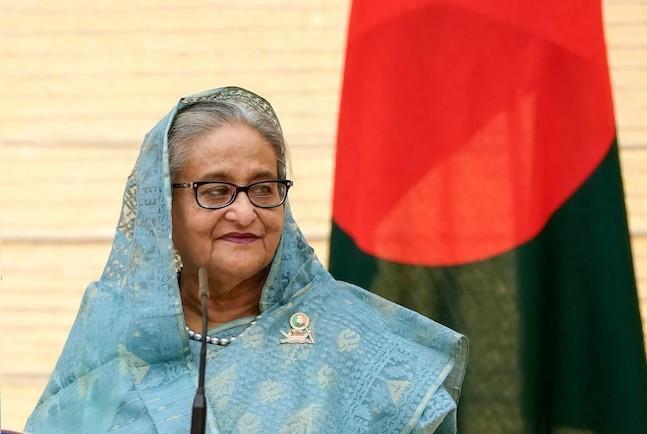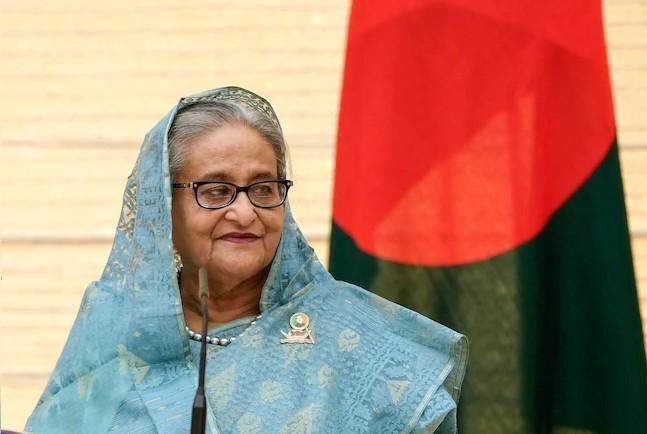
Ravindra Jadeja Compares Captaincy in T20 & Test Format
Ravindra Jadeja, the Indian all-rounder, has had the privilege of leading his team in both T20 Internationals (T20Is) and Test matches. In a recent conversation with his teammate and fellow spin bowler, R Ashwin, Jadeja shared his thoughts on the differences between captaincy in T20 and Test formats.
According to Jadeja, captaincy in Test cricket is a more calculated and simple affair, whereas T20s are a different beast altogether. “In Test cricket, you have to change two-three fielders as per the need of the bowler. Captaincy in Test cricket is different. It’s simple, but calculative. It’s not complicated like IPL or T20Is,” he said.
This distinction highlights the unique challenges that come with leading a team in each format. In Test cricket, the focus is on building a strong foundation, taking wickets consistently, and wearing down the opposition over a longer period. The captain’s role is to make strategic decisions, such as when to declare, when to rotate the bowlers, and how to manage the field.
In contrast, T20s are a high-intensity, high-stress environment where every ball is a critical moment. The captain’s role is to make quick decisions, adapt to changing circumstances, and keep the opposition on the back foot. Every delivery is an event, and the captain must be able to respond accordingly.
Jadeja’s experience in leading India in T20Is has given him a unique perspective on the demands of the format. “In T20s, every ball is an event,” he emphasized. “You have to be prepared for anything to happen at any time. The intensity is high, and the pressure is immense.”
This intense pressure can take a toll on the captain, who must be able to think on their feet and make split-second decisions. Jadeja acknowledged that leading in T20Is is a mentally demanding task, requiring a high level of focus and concentration.
However, Jadeja also emphasized the importance of adapting to the situation and being able to think outside the box. “In T20s, you have to be creative and think on your feet. You can’t just stick to a plan; you have to be able to adjust to the situation,” he said.
Jadeja’s comments highlight the differences between captaincy in Test and T20 formats, but they also underscore the commonalities. In both formats, the captain’s role is to make strategic decisions, manage the team’s resources, and motivate the players to perform at their best.
As a captain, Jadeja has had to navigate the challenges of each format, using his experience and instincts to make key decisions. His insights into the differences between captaincy in T20 and Test formats offer valuable lessons for aspiring captains and fans of the game alike.
In conclusion, Ravindra Jadeja’s comments on captaincy in T20 and Test formats offer a unique glimpse into the challenges and demands of leading a team in each format. Whether it’s the calculated simplicity of Test cricket or the high-intensity pressure of T20s, Jadeja’s experience and insights are a reminder of the importance of adaptability, creativity, and strategic thinking in the world of cricket.
Source:
